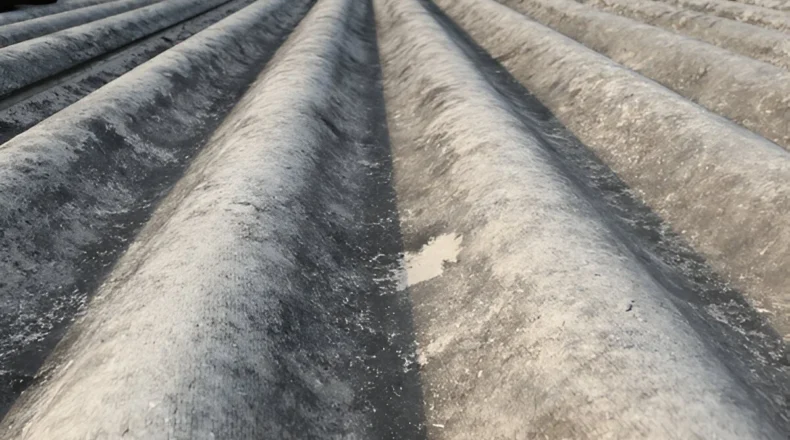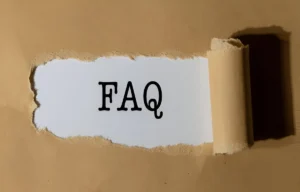Before opting for an Asbestos Disposal Service in India, learn which documents to verify for compliance, safety, and legal clearance.
Asbestos, once a popular construction material, is now recognized as a hazardous substance with serious health risks. When it comes to its removal and safe handling, homeowners, businesses, and contractors often turn to professional services. But before the work even begins, there’s one crucial step that gets overlooked—document verification.
Checking the right paperwork ensures the process is legally compliant, environmentally responsible, and safe for everyone involved. In this guide, we’ll walk you through the key documents you should verify before hiring an asbestos disposal service.
Why Documentation Matters in Asbestos Disposal
-
Legal Compliance: Governments and local authorities impose strict regulations on asbestos handling and disposal.
-
Health & Safety: Verified service providers follow guidelines that minimize exposure risks.
-
Environmental Protection: Documentation ensures waste is handled without harming the environment.
-
Accountability: Having the right papers protects you from liabilities in case of disputes or accidents.
Key Documents to Verify Before Asbestos Disposal Service
1. License and Certification of the Service Provider
-
A valid government-issued license proves the provider is authorized to handle hazardous materials.
-
Certifications from environmental boards or health agencies demonstrate compliance with safety regulations.
2. Risk Assessment Report
-
A professional asbestos survey identifies contaminated areas.
-
This report outlines the type, condition, and extent of asbestos present.
-
Without it, removal may be unsafe or incomplete.
3. Method Statement or Work Plan
-
This document explains how asbestos will be removed, contained, and disposed of.
-
It should detail safety precautions, equipment to be used, and emergency measures.
-
Reviewing this plan ensures the process follows best practices.
4. Waste Disposal Permit
-
Disposal of asbestos requires permission from local authorities or environmental agencies.
-
A valid permit guarantees the waste will go to an authorized disposal facility.
5. Insurance and Liability Coverage
-
Verify that the service provider carries liability insurance.
-
This protects you financially in case of accidents, exposure, or property damage.
6. Employee Training Records
-
Workers handling asbestos should have updated safety training certificates.
-
This reduces the risk of mishandling and accidental exposure.
7. Transportation Documents
-
Safe transportation of asbestos waste requires specialized vehicles and permits.
-
Always check transport documentation to confirm compliance.
8. Final Clearance Certificate
-
Once the disposal is completed, a clearance certificate should be issued.
-
This confirms that the site is asbestos-free and safe for re-occupation.
How to Cross-Verify These Documents
-
Ask for copies: Don’t rely on verbal assurances. Request scanned or physical copies.
-
Check validity dates: Ensure licenses and permits are current.
-
Confirm with authorities: Cross-check registration numbers with government websites.
-
Look for third-party audits: Reliable providers often undergo external audits for compliance.
Common Mistakes People Make
-
Skipping document verification due to urgency.
-
Assuming all providers automatically follow regulations.
-
Overlooking insurance coverage.
-
Not demanding a final clearance certificate.
Benefits of Proper Documentation in Asbestos Disposal
-
Peace of Mind: Knowing the process is legally sound and safe.
-
Health Protection: Reduced risk of exposure to harmful fibers.
-
Legal Safeguard: Protection against future disputes or penalties.
-
Environmental Responsibility: Ensuring safe waste disposal.
FAQs
Q1. Why is a risk assessment report necessary?
It helps identify the type and extent of asbestos, making the removal process safer and more efficient.
Q2. Can I dispose of asbestos waste without a permit?
No. Disposing asbestos without a permit is illegal and can lead to heavy fines or legal action.
Q3. What happens if a provider doesn’t have liability insurance?
You may become financially responsible in case of accidents, property damage, or health risks.
Q4. How can I ensure documents are authentic?
Check them against government records, verify expiry dates, and confirm certifications with issuing authorities.
Q5. Is a clearance certificate really necessary?
Yes, it is proof that the site is safe for occupancy after asbestos removal.
Safeguard Yourself with the Right Paperwork
Asbestos disposal is not just about removing hazardous material—it’s about doing it safely, legally, and responsibly. By verifying documents such as licenses, permits, insurance, and clearance certificates, you protect not only your health but also your property and the environment.
When dealing with something as sensitive as asbestos, cutting corners is never worth the risk. Always take the time to ensure the paperwork is in place before moving forward with disposal.


